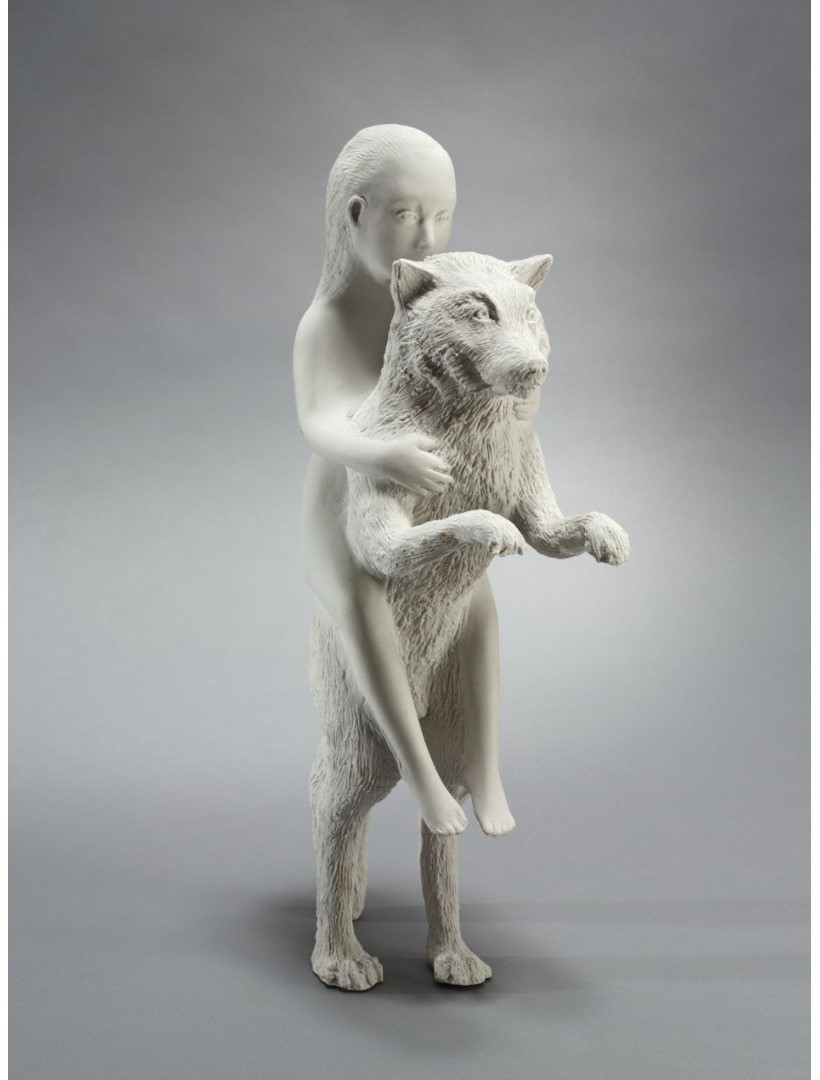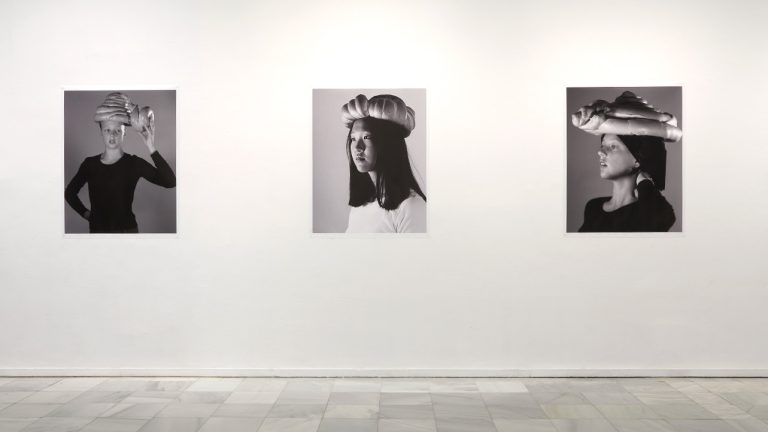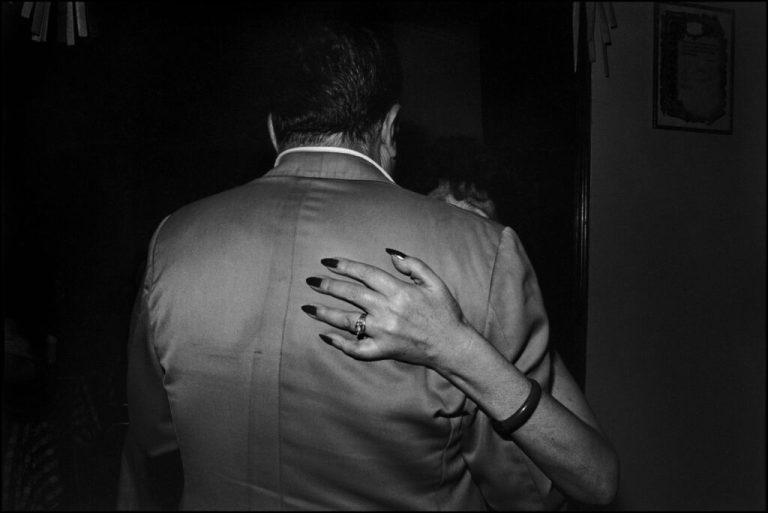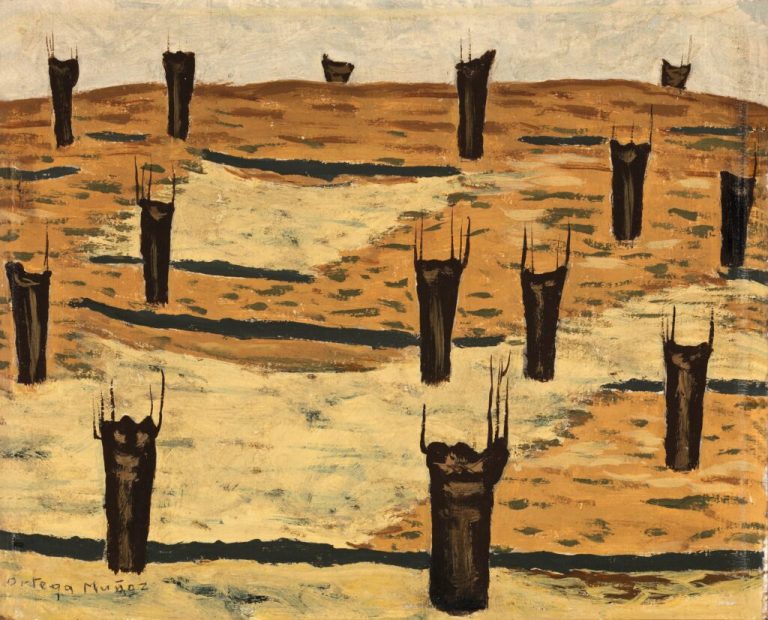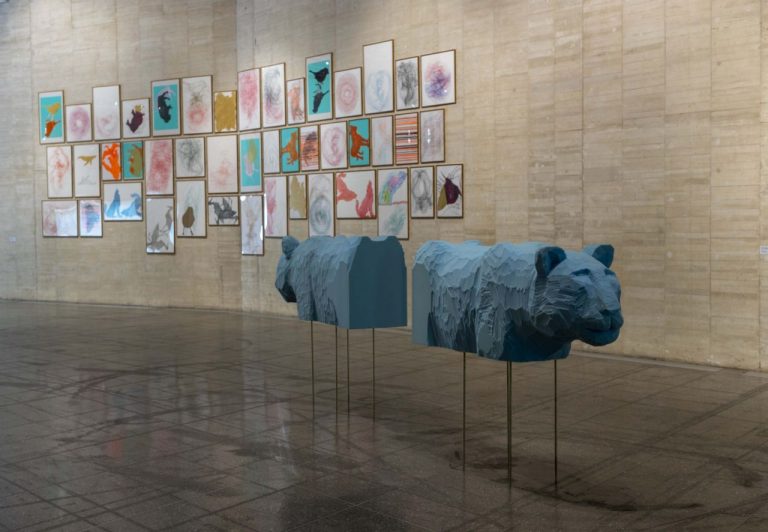Remagen,
Kiki Smith was born in 1954 in the German city of Nuremberg, but into an American family: she is the daughter of the minimalist sculptor Tony Smith and it was in the United States where she trained (briefly, at the Hartford Art School in Connecticut) and where she works. , installed in New York since 1976. At the end of that decade of the seventies he joined the Collaborative Projects collective, which sought to make art accessible to unusual audiences through exhibitions that took place outside the walls of conventional spaces; In that context she carried out her first works, which were monotypes of everyday objects.
Smith defines herself as a doer of things and very soon, coinciding with the death of her father in 1980, she began to focus her attention on mortality and the decay of life, transferring it to the treatment of the human body: from 1983 she dates Hand in Jar, a latex hand covered in algae and submerged in a glass jar full of water that, due to its almost clinical realism, referred to a pathology laboratory or a dissection study. Desiring, at that time, to obtain practical knowledge on this subject, he became an emergency medical technician and that experience would have a deep and rapid impact on his production: seen in Possession Is Nine-Tenths of the Law (1985), series of silkscreens and monotypes of expressionless views of various internal organs.
These concerns regarding the human body would also early acquire, in the case of Smith, a feminist aspect: she began to address female physicality as a battlefield for social and political ideologies in sculptures inspired by organs, such as Glass Stomach (1985), Untitled (Heart) (1986) and Second Choice (1987), and also dedicated pieces to bodily fluids, moved by the consequences of the AIDS crisis. game time (1986) consists of twelve glass vials filled with blood stacked on a shelf on which we read “There are approx. 12 pints of blood in the human body”, and in another untitled project from the same year he collected twelve empty glass jars with the names of as many different secretions (pus, vomit, saliva, urine, semen, etc.) engraved in Gothic script. .
When, at that same time, abortion began to be the subject of intense debate, Smith began a series of works dedicated to reproduction and birth, or the double capacity of semen to transmit life and diseases, while in the nineties he began to use life-size human figures, bodies sometimes raped or injured, male and female, which evoke certain works of art, religious and not, from the Isenheim Altarpiece from Hans Grünewald (1512-1514) to Jasper Johns's early paintings with cast limbs; also the Catholic education of this author.
However, her most disturbing pieces focus on the links between femininity and abjection (Pee Body, Train, Tail) or in the animal kingdom, especially in birds whose ferocity and vulnerability refer to the human condition itself. Jersey Crows (1995) includes more than a dozen dead crows cast in bronze and pays tribute to the victims of pesticide poisoning, while rapture (2002) portrays a female nude, perhaps her own, being mauled by a lion. Environmental concerns have also gained ground in his images: the harmony between humans and animals as part of a cosmic whole.
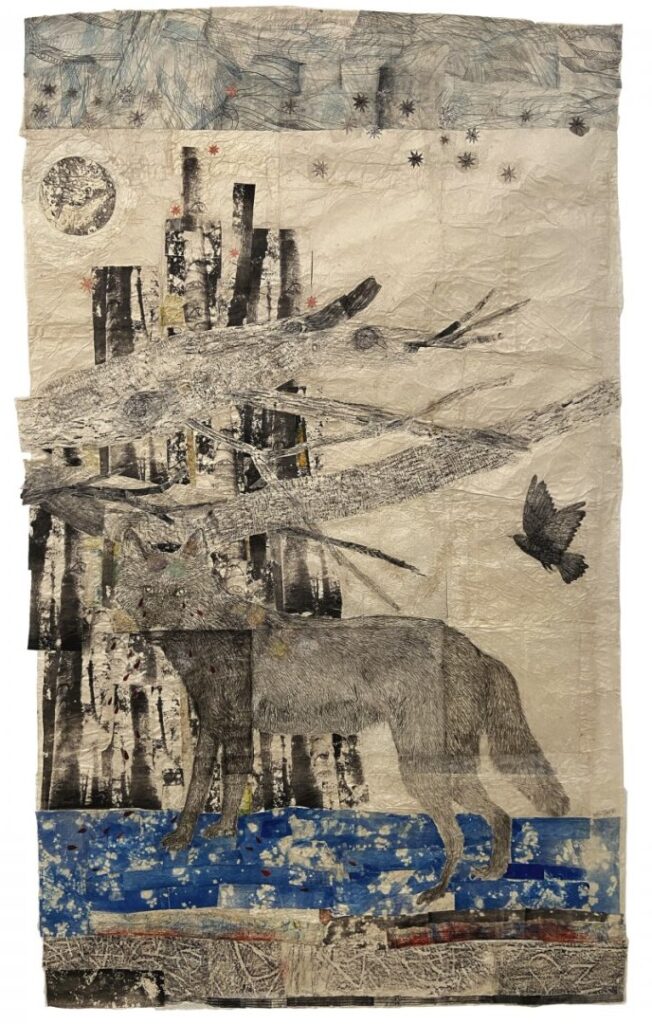
Starting next April 21, the Arp Museum Bahnhof Rolandseck in Remagen, Germany, offers the retrospective “Woven Worlds”, which has been designed in close collaboration with the artist and will bring together 54 works, with the axis of the tour being its impressive large-format jacquard tapestries, which in some cases stand out for the intertwining of silver threads and which combine contemporary features and a certain timeless dimension; The poetic nature of the representations of her suggests fairy tales. Sculptures, drawings, engravings, photos and collages will also come to meet us.
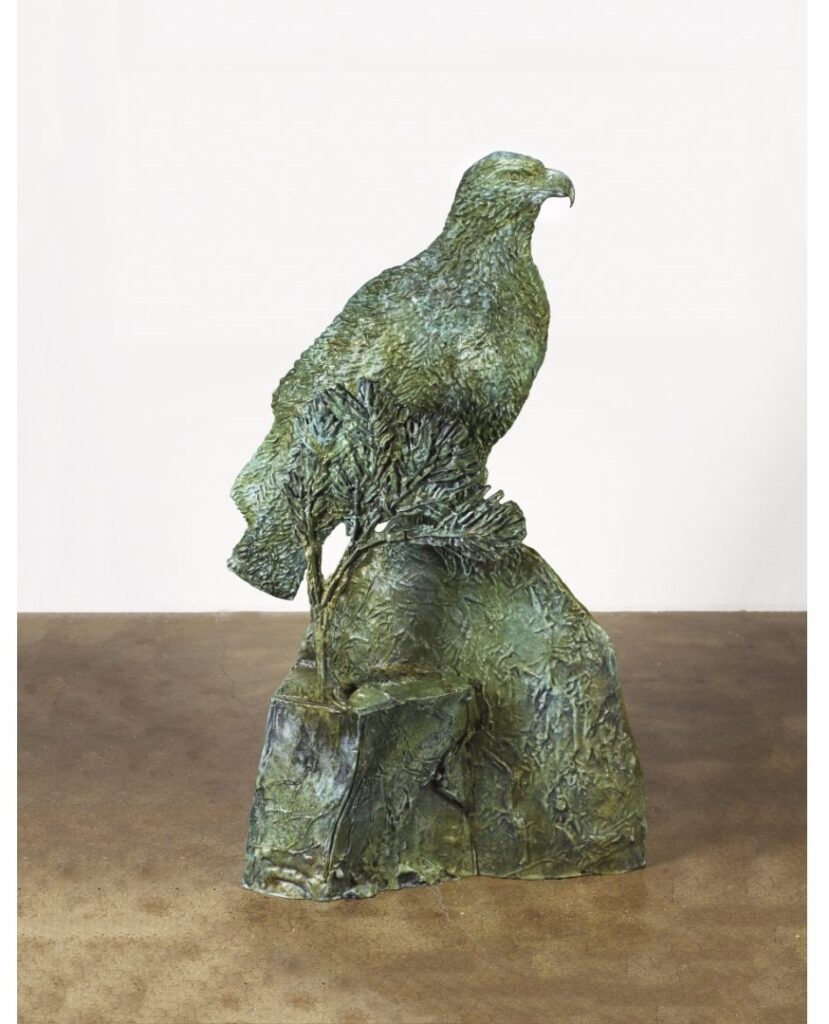
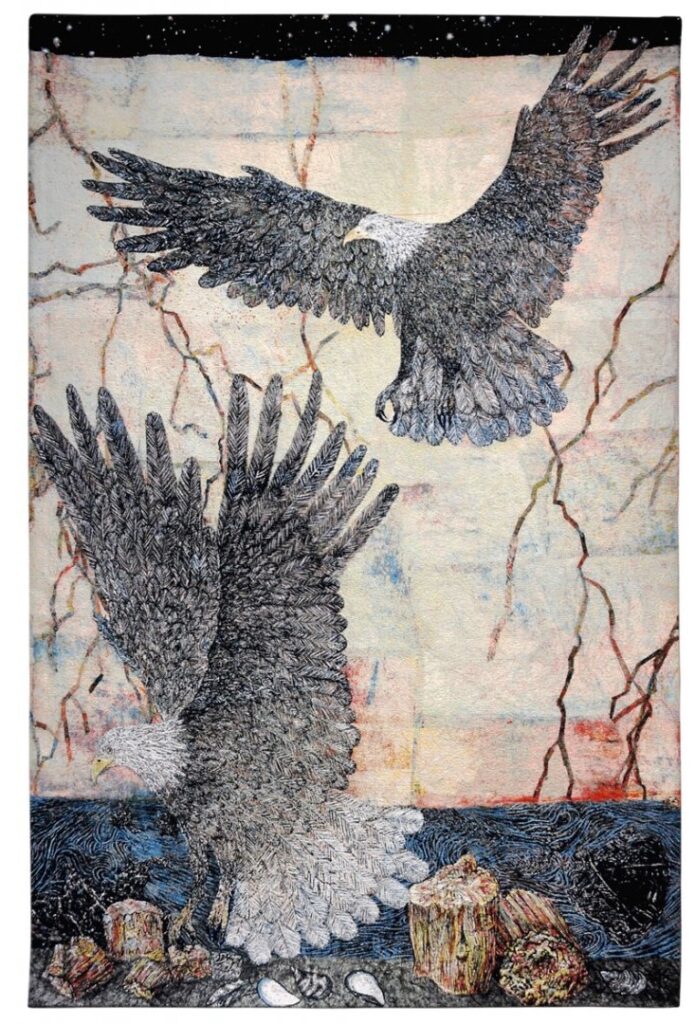
Kiki Smith. “Woven Worlds”
ARP MUSEUM BAHNHOF ROLANDSECK
Hans-Arp-Allee 1
Remagen, Germany
From April 21 to October 24, 2024

